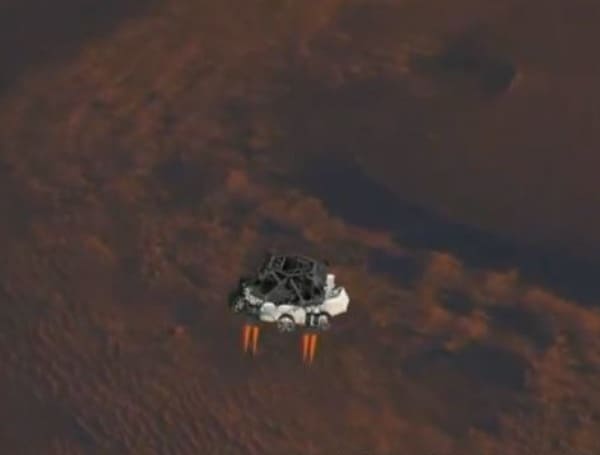After traveling 292.5 million miles over 200 days in its trip from Earth to Mars, the NASA rover Perseverance has survived the unguided “seven minutes of terror,” it has finally arrived at its new home, and we all look forward to what’s next for this modern marvel of design and ingenuity.
This rover and its mission is truly a catalyst for scientific research that will one day put humans on Mars’s surface. While NASA’s mission to land the rover on the planet is successful, there’s still so much for this new rover to do as it survives on this remote world as long as robotically possible.
Landing in the Jezero Crater, an ancient lake on the planet, the rover will have a great testbed for research. The Perseverance Rover has inhabited Mars to search for signs of ancient microbial life, which will ultimately assist in studying the previous habitability of Mars. With a drill that allows it to collect samples of Martian rocks and soil, the rover then stores the samples in sealed tubes to be collected by future missions that will ferry the samples back to Earth.
There are plenty of other features of this rover that help set it apart from previous missions. Attached to the rover’s bottom, the Mars helicopter, Ingenuity, will be testing flight characteristics that will help future missions take-off from the Martian surface. It will be the first vehicle to test powered flight on Mars.
Additionally, the microphones attached to the rover will be recording what Mars sounds like on its surface. This is a first, as even though microphones were included on rovers and other landers in the past, they either crashed, their mission was canceled or turned off before launch.
One microphone will be in the EDL (entry, descent, and landing) system, allowing engineers to listen as the parachutes deploy and could potentially hear the wind and dust from the landing process. That is, if the microphone survives the entry process. Built with store-bought hardware, it may not make it through the last stages as it plummets down to the Red planet, but only time will tell. The microphone has already been turned on during its flight to Mars and successfully recorded vibrations from fluid pumps onboard.
The other microphone included on the rover’s SuperCam system, which will use lasers to penetrate rocks and examine their chemical composition, can listen to hear the sound the rocks make when fired upon. This noise can help scientists determine the hardness of the rock, which can give information about how the rock itself was formed.
Other experiments attached to the rover are just as impressive: MOXIE is a technology that will test producing oxygen from the CO2 in the atmosphere on Mars, and a subsurface radar system will be looking for water underneath the soil, both of which will greatly assist manned missions.
The landing of this rover and the future successes of this mission will bring a fresh batch of data that can fuel future missions with gathered information from Perseverance and Ingenuity and may, in turn, tell us more about our planetary neighbor than ever before.
I can’t help but be excited about the prospect of finally seeing a video recording of the Martian surface and all the additional media from this expedition, making Mars feel more like the second home we may one day know.













